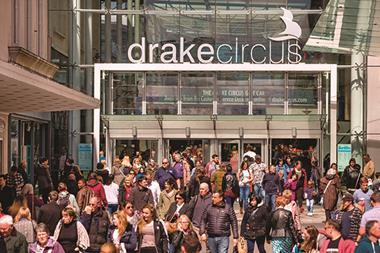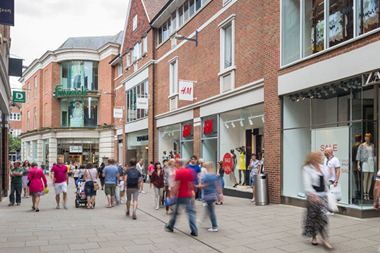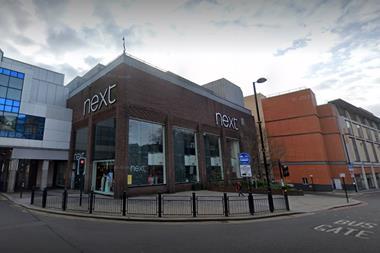There seems to be at least a retailer a week entering into a CVA, closing stores and reducing the rent they pay on the ones they keep open. A massive adjustment is taking place as the amount of retail space required reduces dramatically.

Part of the problem is the transfer of value from the private sector to the public sector: as business rates go up so rent must go down. While out-of-town retail parks with good provision of services and access can be redeveloped for residential or logistics, some high streets will need to be reinvented completely.
At the same time, appetite for logistics space increases as demand for online retail soars and Amazon continues to grab market share. I read recently that Amazon is planning to set up a bank, which does not bode well for the traditional banks with their legacy cost base.
Landlords are getting a raw deal out of the CVA process and reform is needed. I think part of the problem is the traditional long lease with upward-only rent reviews plus security of tenure. A better answer would be shorter leases rebasing to market rent and with no security of tenure. The market would prevail and ultimately the landlords are better having some rent and a thriving market around them than empty shops and dereliction.
So why as an office developer am I opining on the retail property world? I am doing so because I think traditional retail landlords can learn from the way the office market has adapted to its own changing circumstances. The lease length for offices has reduced and will continue to do so as occupiers’ demands change.

In this era of change, flexibility is required and the winning landlords will be those that embrace this flexibility. Again let’s have a true market and no security of tenure. Valuers should be alive to how the market has evolved and understand that just because a building is multi-let on short leases, it does not follow that a tenant will always vacate when their lease has come to an end. They should recognise that the fundamental quality and flexibility of the building is more important than a long lease.
The occupancy level on our own Shepherd’s Building in Shepherd’s Bush, which covers 156,000 sq ft, let to 24 occupiers on average lease lengths of five years, never went below 97% even at the height of the global financial crisis in 2009.
As well as flexibility we also need to keep pace with technology. How will this change the way we build and manage our buildings? Sensors will make buildings much more efficient and environmentally friendly. Will power be distributed wirelessly? And what will the office look like in 10 or 20 years as AI takes over many traditional office tasks?
Notwithstanding these ever-changing occupier requirements as well as any uncertainty some may feel over Brexit, demand in London this year has been greater than many pundits predicted.
Grade A as a definition for office space seems outdated. Perhaps Grade Interesting coupled with Grade Boring might be a more appropriate description. One can see a genuine shortage of space looming for Grade Interesting as a number of tenants realise their options are limited. Rental growth is on the way for the best.
On a final note, at Helical we are raising money for charity as part of a team-building exercise. More than half of our small team will be climbing North Africa’s highest mountain, Mount Toubkal, over four days in September with a target of raising at least £100,000 for LandAid and The Lord Mayor’s Appeal. I am pleased Property Week has offered its support. Our 15 have started training hard….






























No comments yet